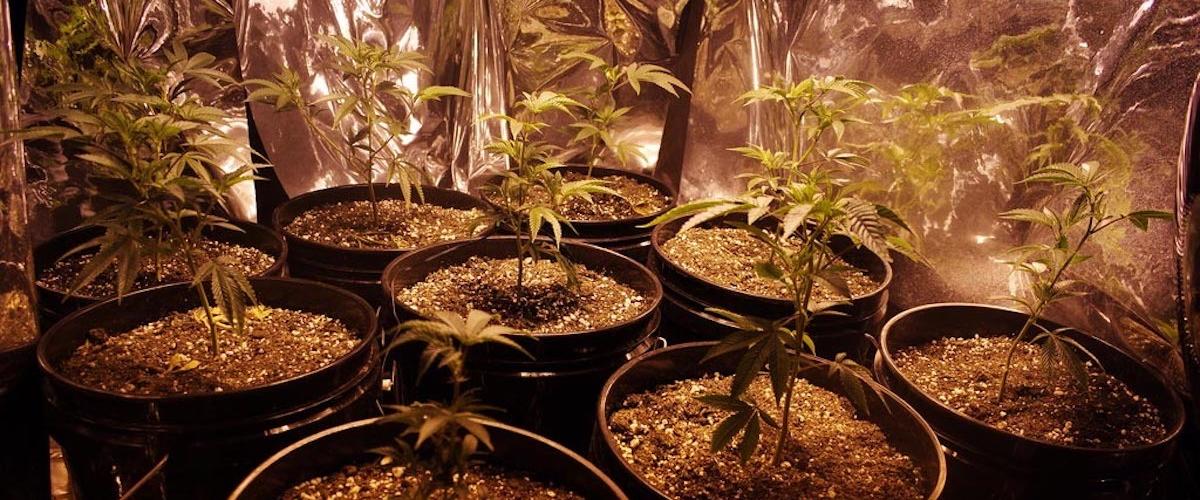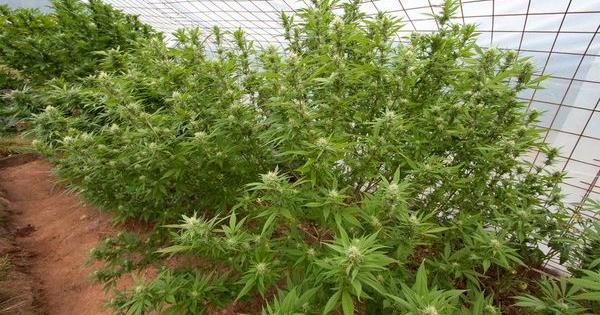- Some growers start their cannabis grows indoors and later move their plants outdoors after the veg phase, when sunlight is guaranteed.
- But the change in photoperiod and environment can greatly stress the plants. We explain how to smoothly transition from indoors to outdoors, so your plants don’t suffer.

Starting to grow cannabis plants indoors with the intention of finishing the flowering period outdoors is relatively common, especially amongst those who live in climate regions where spring is not sufficiently sunny or warm.
When the climate conditions are fairly adverse at the beginning of the plants' life cycle, growing them indoors, whilst controlling all the parameters for optimum growth, guarantees their correct development during the vegetative phase. But this will be of little use if, after having offered them the best growth conditions, you stress them out so much when you take them outdoors that they cannot develop to their full potential.
Top tips on the optimum way to move your indoor cannabis plants outdoors
All the advice you'll find here refers to feminised and Quick cannabis strains. This doesn't include the autoflowering varieties because they are not photo-dependent, i.e. they start flowering automatically 30 days after germination.
Gradually adapt the indoor photoperiod to the outdoor light conditions
Cannabis seeds need an 18/6 photoperiod to grow to their full potential. 18 hours of light exposure followed by 6 hours of darkness is the best combination for feminised plants to become strong and fast. The start of the flowering, or end of the vegetative period, is determined by a decrease in the hours of light. When plants start to notice that light exposure is diminishing, they interpret this as the time to start flowering and producing buds.
When you live in a climate area where you're not guaranteed 18 hours of light per day, or if the temperature is too low for plants to be comfortable, the best option is for them to grow under lamps. This is the perfect way to avoid those cold, cloudy, or rainy days. So that plants understand when the time has come to start flowering, you need to make sure that outdoors the amount of hours of light is lower than what they were used to indoors. And most importantly, that this decrease in daylight hours is gradual.
We recommend adapting the indoor photoperiod to the number of outdoor daylight hours, during a period of 7 to 10 days. This means gradually reducing the hours of light indoors so that, towards the end of the week, these are similar to that amount of hours the plants are going to find outside. So you need to know what photoperiod you have in your location, and how it's going to change. For instance, if the outdoor photoperiod is 14/10, you need to reduce the indoor lighting by a few minutes each day so that when the plants are taken outside they're already used to the amount of light exposure that they're going to find there.
Replicate the outdoor photoperiod in indoor growing
The 18/6 photoperiod is ideal for plant growth, as it offers many hours of light, which translates into increased vigour and speed. But in reality the number of daylight hours in spring is not so great. In a natural environment, these range between approximately 12 and 15 hours, depending on the latitude where you live. So this is the photoperiod that plants would be exposed to if they were outdoors. As they start flowering in early summer, when the days start to become shorter, you can replicate this outdoor photoperiod in your indoor grow's vegetative phase.
This way you can ensure that the indoor photoperiod is the same as the one outdoors, so that plants won't notice any changes when they're taken outside. This way they can grow better because the quality of indoor lamps, which offer a continuous, uninterrupted light spectrum, is superior to the outdoor light in places where spring arrives hand in hand with cold and cloudy days.
Risks you take when you move your indoor cannabis plants outdoors
Burnt leaves
Sun rays are more powerful than the lamps used in indoor grows. This is why some leaves may get burnt when they come into contact with natural light, developing white spots on the surface. In order to prevent this, it is best not to expose them to direct sunlight from the very beginning, but rather to do it gradually. For instance, place them near a window to start off with, and then little by little move them closer to the light.
Return to vegetative growth
If the hours of light aren't reduced significantly when you move your plants outdoors, they'll start a revegetative process as a result of the stress that they're submitted to. Leaves will become deformed, and plants will take several days, or even weeks, to adapt to this shift and start flowering, which will lead to an unexpected delay in the arrival of your harvest.




Comments from our readers
There are no comments yet. Would you like to be the first?
Leave a comment!Did you like this post?
Your opinion about our seeds is very important to us and can help other users a lot (your email address won't be made public).